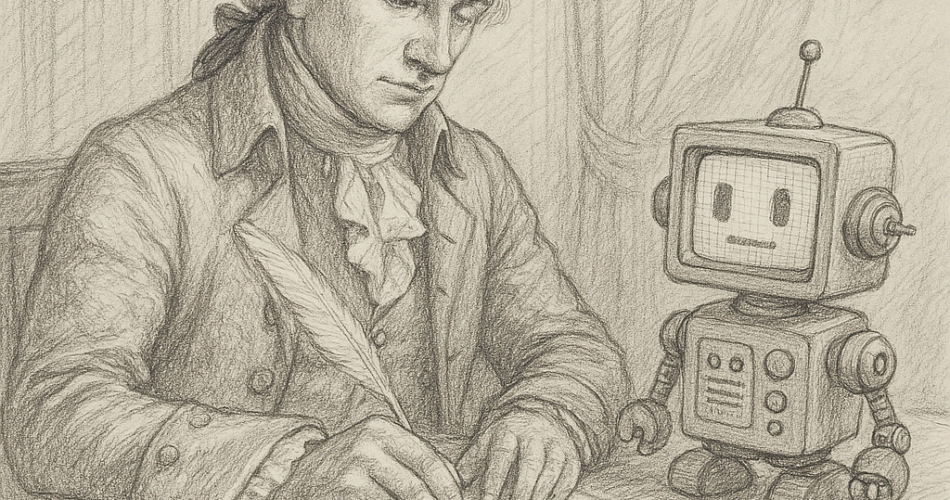These days, most people use Large Language Models (LLMs) to draft emails, letters, or even court petitions. The art of ‘drafting’ has changed drastically due to this ongoing AI revolution.
When I use the term ‘drafting,’ I am simply referring to the process of writing a document.
As an art, drafting involves planning, structuring, and organizing your ideas and content in a meaningful manner. Basically, with the advent of AI, the potential to make changes in a written draft has increased by leaps and bounds.
I also strongly believe that the heart and soul of any written text or document lies in its interpretation. The manner of interpretation of any text actually defines what it is. It is the same thing to say that beauty lies in the eye of the beholder. The way you look at a text actually affects it.
Further, drafting seems like a quantum exercise in the sense that mere observation affects the outcome/interpretation of the document drafted. There are many methods of interpretation, and while there are no absolute ways in this regard, there are a lot of guiding principles to be followed while interpreting a text. For example, in the field of law, depending upon the context, there are highly specific interpretational rules and processes that are to be followed.
As a person who regularly writes in the field of law, I find the subject of drafting to be very interesting and worth exploring, especially since very little work is being done on it these days. Words are interesting creatures. They are full of nuances, and their meaning can change drastically with context. Also, the task of drafting is complete only when the author or drafter considers the draft to be complete.
Whenever a document is being drafted, it becomes apparent that the drafter has to read their draft repeatedly to refine and correct it. This process is ingrained in the art of drafting. Iteration after iteration is undertaken to produce a final draft. This is very similar to the chain-of-thought reasoning practiced by current-day Large Language Models (LLMs) like ChatGPT, Grok, or Gemini.
It may also be noted that ‘final draft’ is a term of relative purport. When readers peruse any final draft, they often propose embellishments and amendments to the text. By incorporating these amendments, the draft is further fortified against potential future issues. Sometimes it seems to me that document drafters are no less than artists. I really love drafting, and I find it one of the best ways to pass time.
The bottom line is to never stop thinking about your drafts. Don’t consider the draft as completely finished. Always revisit your drafts and see if improvements can be made. Through careful consideration, I am confident that many enhancements will emerge that were not included in the original draft.
I will pause this topic for now, but I will revisit legal drafting and interpretation from time to time.

